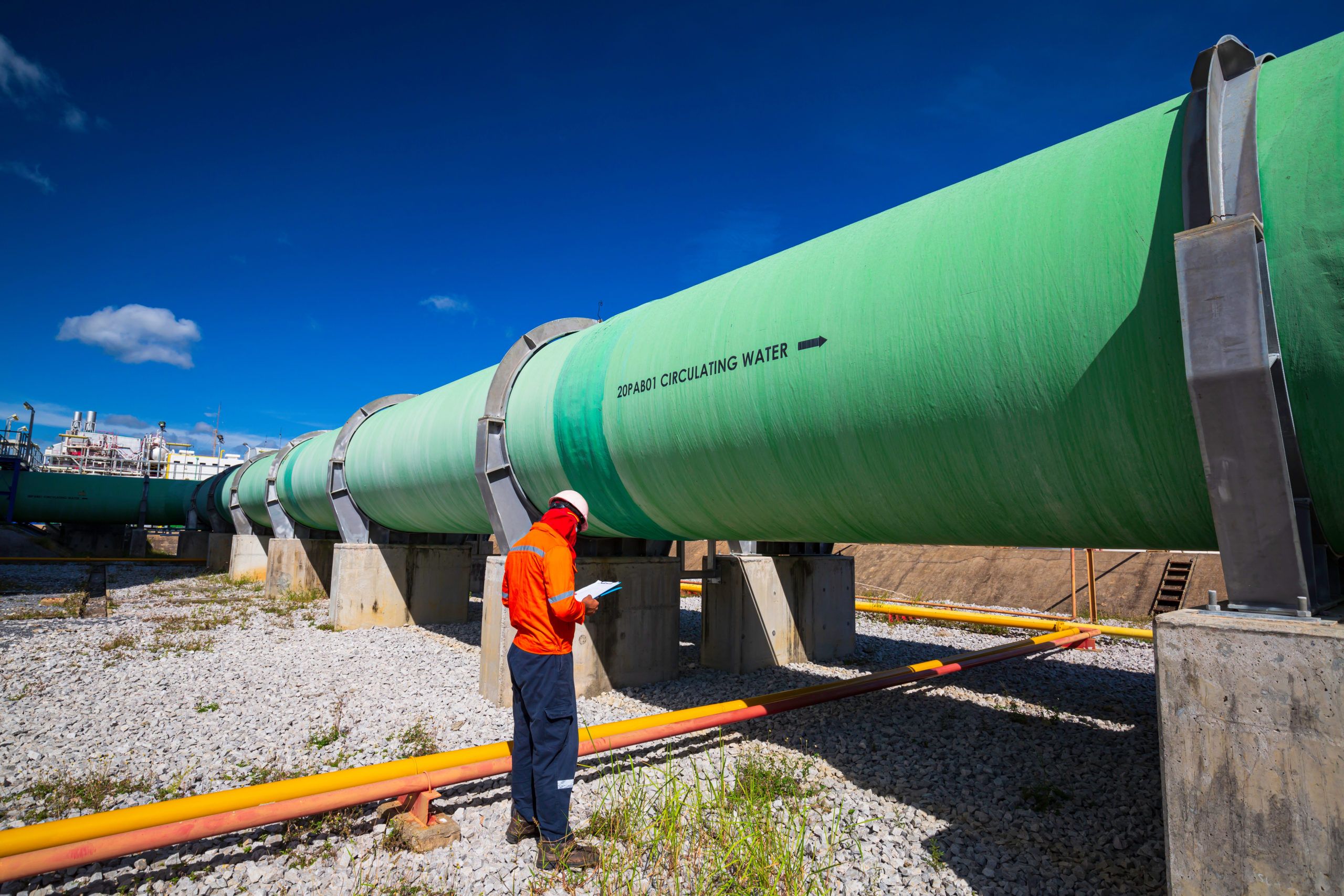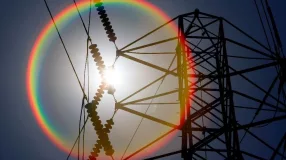Don Santa, president and CEO of the Interstate Natural Gas Association of America (INGAA), issued the following statement today on the release of Pipeline and Hazardous Materials Safety Administration’s (PHMSA) gas transmission pipeline safety rule:
“The natural gas pipeline industry is pleased to see the completion of this major update to PHMSA’s pipeline safety regulations. While INGAA still needs to review the specifics of the final rule, we know that it embraces new pipeline safety technologies and engineering practices and constitutes the most significant enhancement to PHMSA natural gas transmission pipeline safety regulations since the federal code was created in 1970.
“Our industry is committed to transporting natural gas in a safe, reliable and environmentally responsible manner, and we are proud to have worked for several years with a broad array of stakeholders, including safety and environmental advocates, to build consensus on this important rule. We look forward to working with PHMSA to implement these important changes.”
Note: Earlier this year, INGAA partnered with the American Gas Association, American Petroleum Institute, American Public Gas Association, Pipeline Safety Coalition, and Pipeline Safety Trust in outlining their support for this rule in a letter to Department of Transportation Secretary Elaine Chao, which read in part:
- “Our organizations write to express support for the Department of Transportation’s pending gas transmission pipeline safety rule. As public safety advocates and representatives of natural gas transmission pipeline companies, we encourage you to act expeditiously to advance this important update to the regulations of the Pipeline and Hazardous Materials Safety Administration.
“PHMSA’s rule will advance gas transmission pipeline safety by defining specific requirements to facilitate the use of 21st century pipeline safety technologies and processes. The rule provides a foundation upon which PHMSA can better promote the utilization of modern pipeline inspection technologies, recognizing the safety, environmental, and consumer benefits that such technologies can provide. For example, the rule will facilitate the deployment of non-invasive tools that can evaluate pipeline condition and identify pipe needing repair or replacement.”
Note: this statement has been updated.







